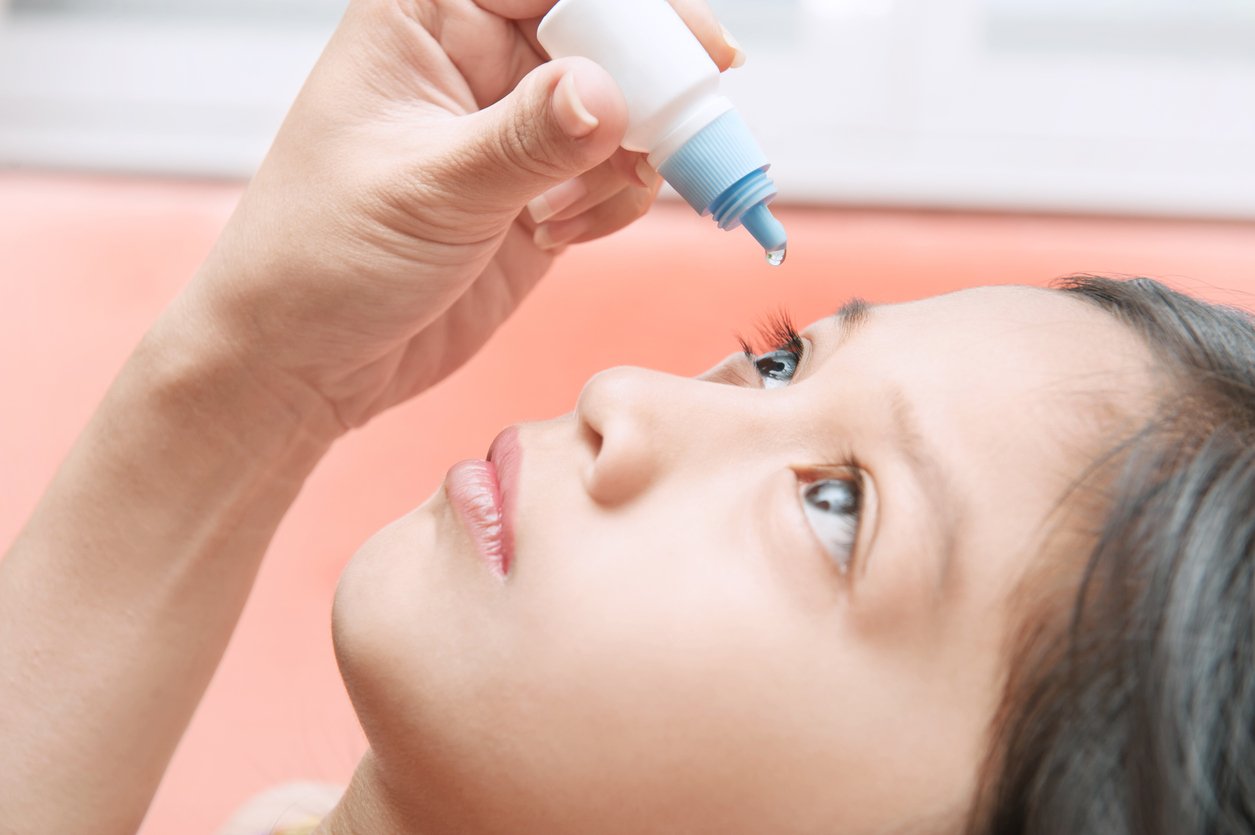709 Broadway, Marysville, KS 66508
Myopia Management
What is myopia?
Myopia, also known as nearsightedness, occurs when the eyeball is longer than it should be. This causes the inability to see distant images clearly. Research has shown myopia is caused from a mix of hereditary and environmental factors. It typically begins in childhood and plateaus by the age of 20.
Myopia affects 1 in 3 people.
Children with myopia have a 50% higher risk of developing glaucoma and are 6 times more likely to develop a retinal detachment.
Research shows spending more time outdoors delays the onset of myopia. Tell your kids to go play outside (at least 1 hour/day!)
What is myopia management?
The goal of myopia management is to limit the progression of nearsightedness to reduce the risk of further ophthalmic disease. These treatment options cannot reverse myopia that is already present, but it is possible to significantly slow further myopic progression. The goal of treatment is milder glasses prescriptions by adulthood and reduced risk for sight-threatening conditions caused by degenerative myopia.
Three main treatment methods have been effective in slowing the progression of myopia. Read the information below to learn more about each option. For questions or to set up a consultation, call 785-562-2631.
Orthokeratology
Orthokeratolgy (Ortho-k) reduces myopia progression through the use of specialized rigid contact lenses that reshape the cornea, the clear outer surface of the eye. These contact lenses are inserted before bedtime, and are only worn while you sleep. The goal of Ortho-k is to provide clear vision for the whole day, thereby eliminating the need for wearing glasses or contacts during the day.
MiSight
MiSight is a daily disposable multifocal contact lens that works similar to eyeglasses to improve distance vision acuity, while simultaneously reducing the stress on the eyes for reading and other near vision tasks. This can consequently slow eye elongation which leads to less prescription in adulthood.
Atropine Eye Drops
These medicated eye drops can be used to dilate the eye’s pupils during an eye exam, but have also been proven to reduce myopia progression. A very low dose of this eye drop is placed in the lower eyelid every day.
Side effects may include blurry near vision or light sensitivity. You will still need to wear regular glasses or contacts during the day, but the eye drops can assist in slowing down myopia progression which means a smaller glasses or contact lens prescription by age 20.




